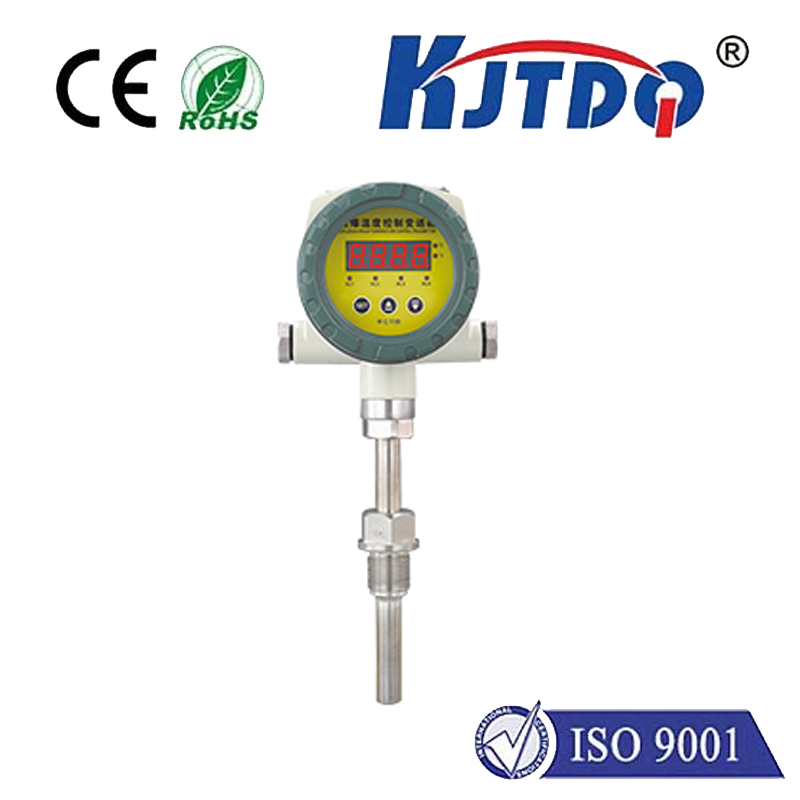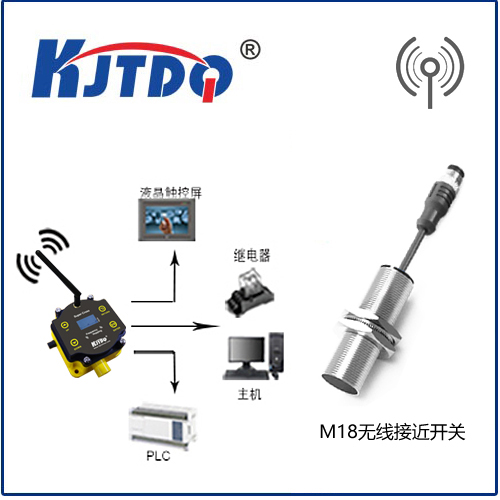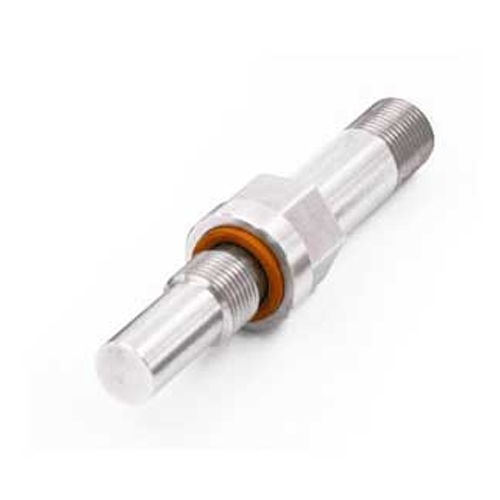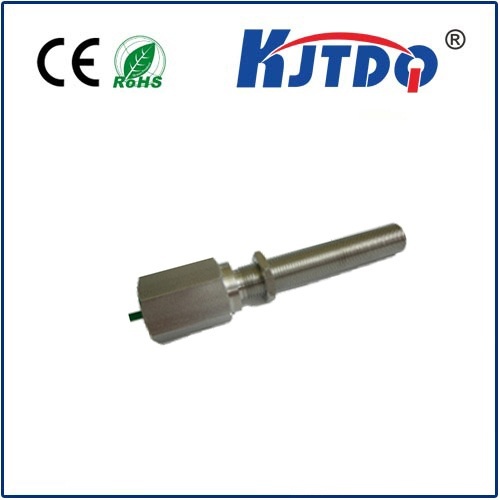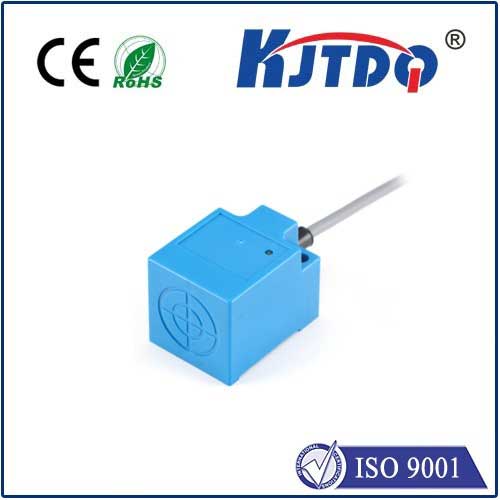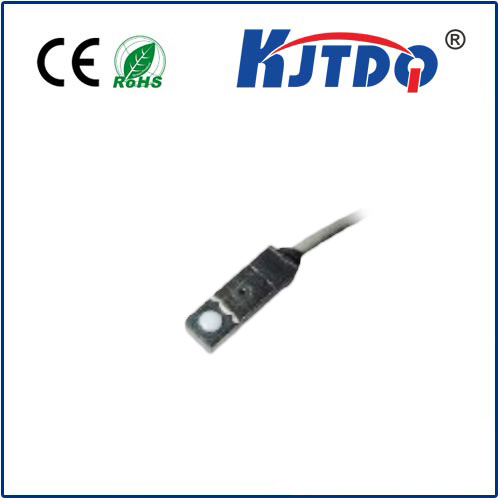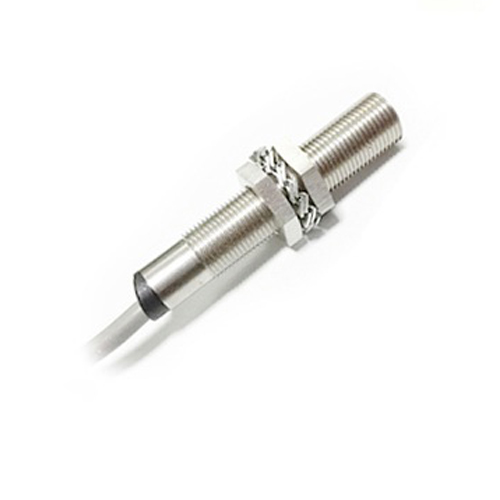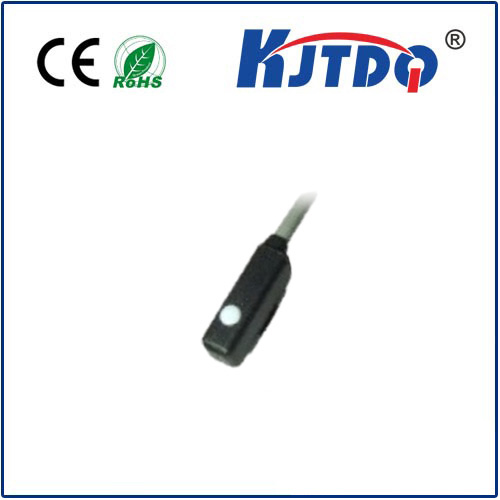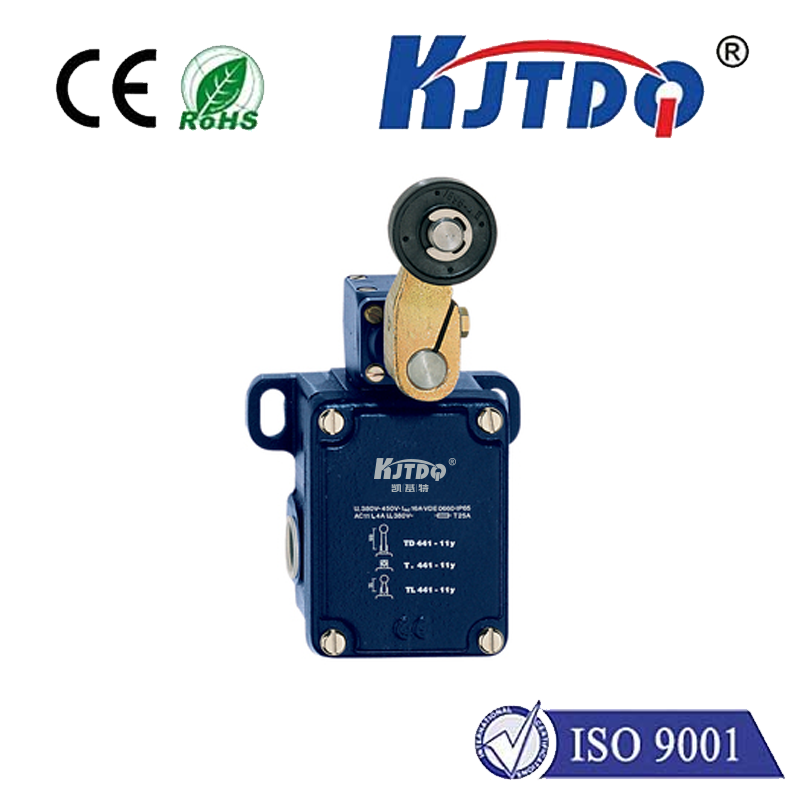

check

check

check

check

check

check

check

check

check

check
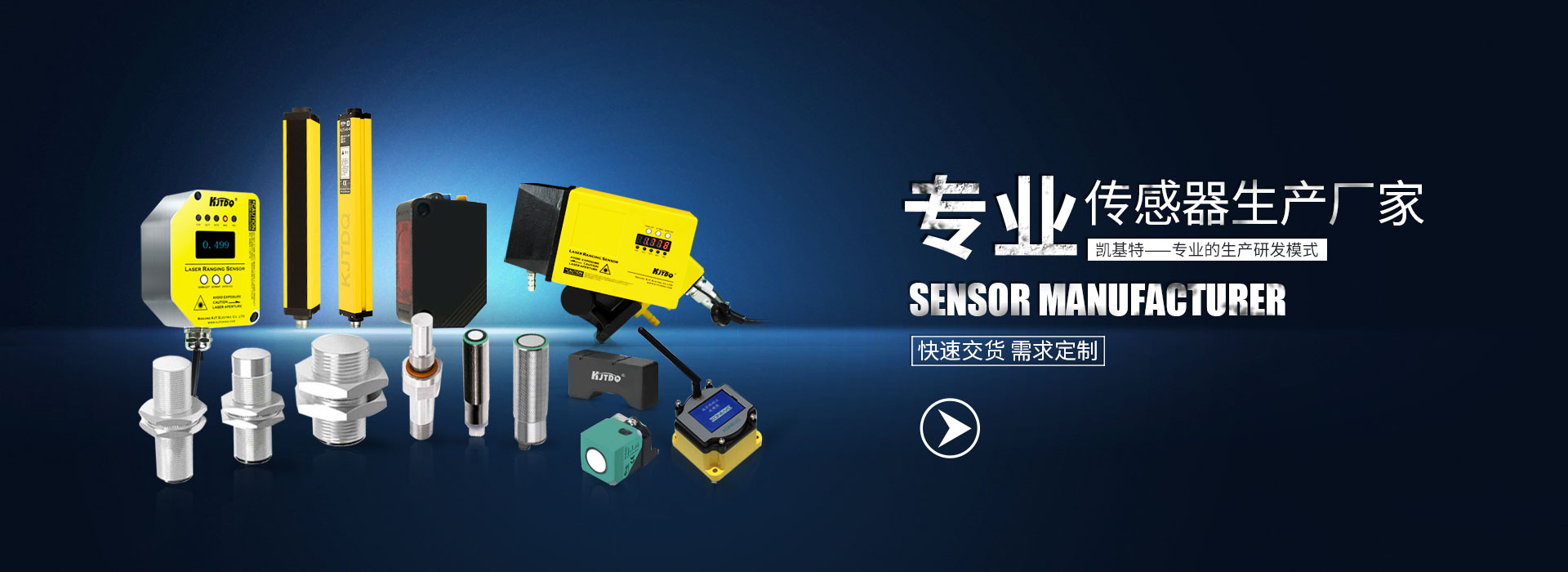
Commonly used load cells include: strain gauge load cells, capacitive load cells, resistance strain gauge load cells, piezoelectric load cells and micro-strain gauge sensors. Their advantages and disadvantages are introduced below:
【Capacitive load sensor】
- Advantages: high precision, fast response, little interference, light weight, easy to install;
- Disadvantages: Largely affected by temperature changes, poor linearity, high installation environment and conditions requirements.
【Strain type load cell】
- Advantages: high precision, good stability, high sensitivity, fast response, and good linearity;
- Disadvantages: more expensive, complex to install, susceptible to temperature changes and environmental factors, and prone to lateral load interference.
【Resistance strain gauge load cell】
- Advantages: fast response, high precision, light weight, good reliability, and good linearity;
- Disadvantages: susceptible to lateral load interference, temperature changes and environmental factors, and vibration interference.
【Piezoelectric force sensor】
- Advantages: good linearity, high precision, small size, fast response, not affected by temperature;
- Disadvantages: It is easy to generate small signals, requires a preamplifier for amplification, has high requirements on environmental quality, and is easily affected by shock and vibration.
【Micro strain sensor】
- Advantages: small size, fast response, high precision, good reliability, light weight;
- Disadvantages: susceptible to temperature changes and environmental factors, susceptible to vibration interference, poor linearity, and requiring special measurement circuits for measurement.
In summary, the choice of load cell mainly depends on the specific application environment and requirements, and its advantages and disadvantages need to be comprehensively considered based on the actual situation.
